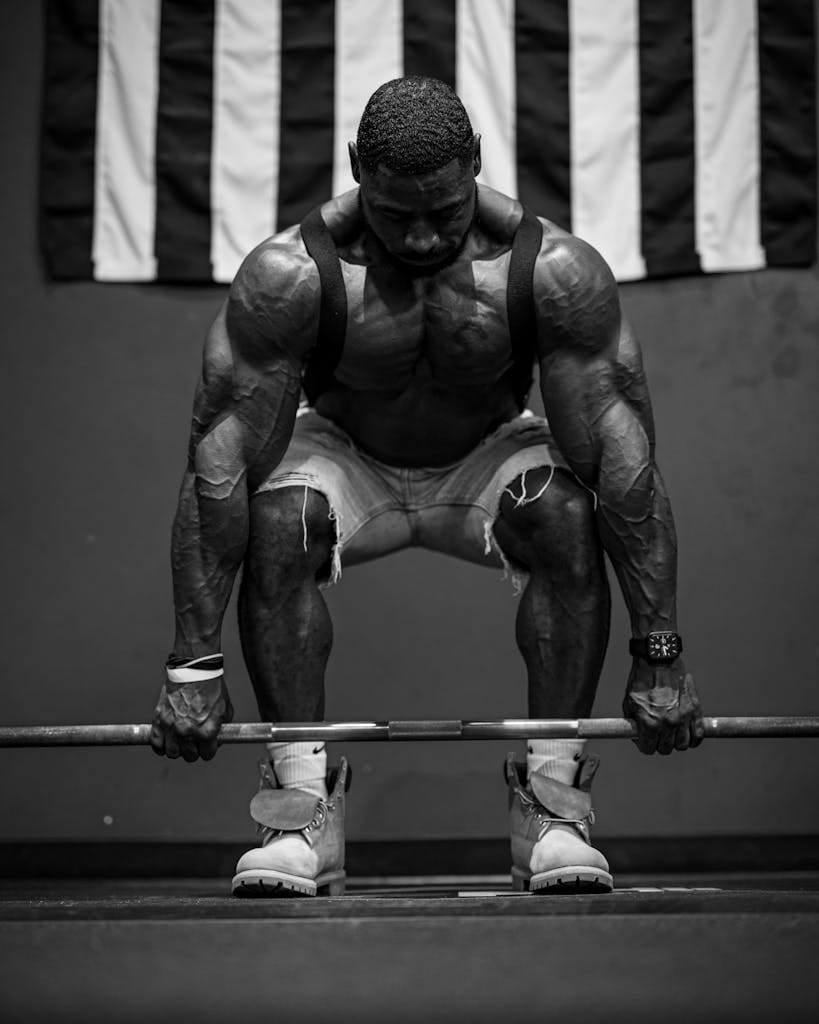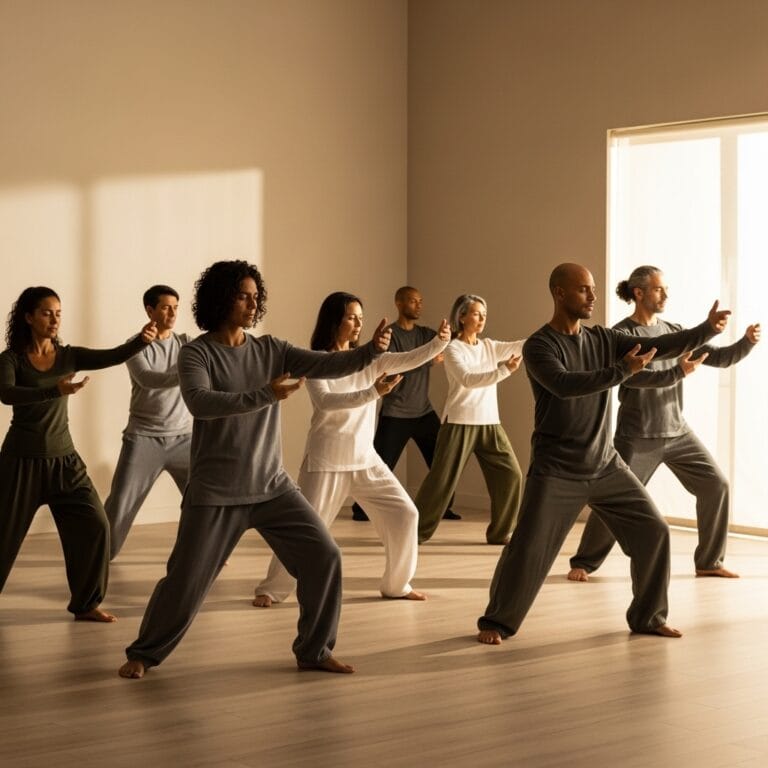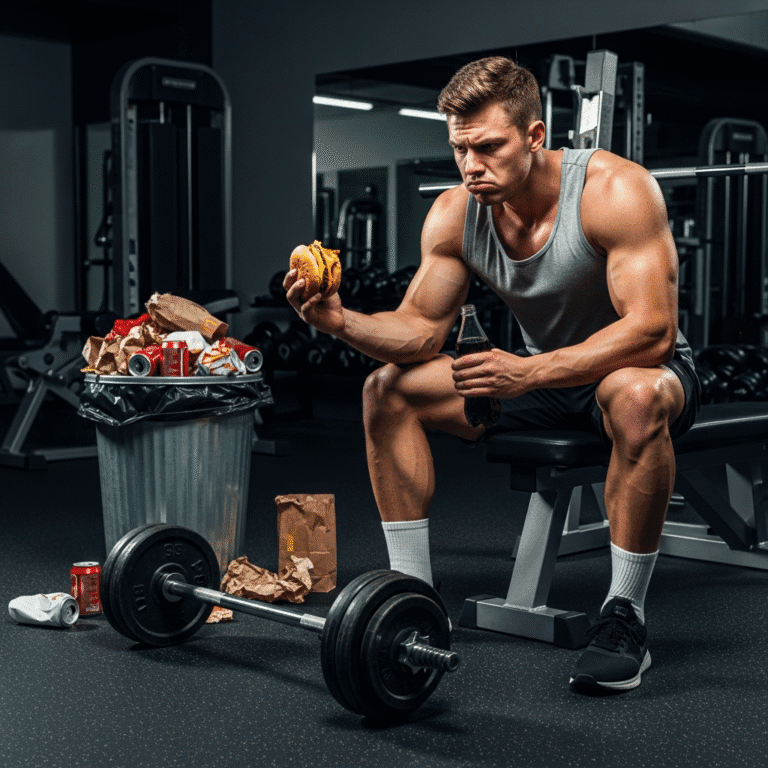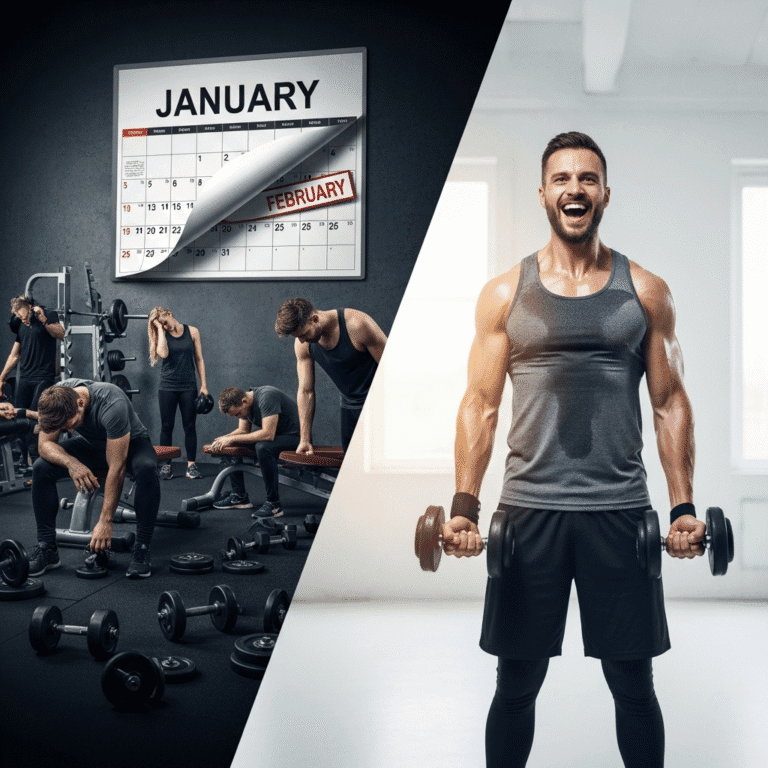FREE SHIPPING OVER $50
Stop Dropping the Bar! The Ultimate Deadlift Grip Guide for Heavier Lifts

You’ve trained your legs. You’ve worked on your back. Your deadlift form feels solid. You approach the bar, set up perfectly, brace, and pull… then, just as the weight clears your knees, your fingers start to slip, and with a clang, the bar crashes back down. Frustrating, right? You know you had that lift in you, but your grip strength just wasn’t ready for the party.
This scenario is incredibly common for anyone serious about deadlifts. Often, your grip is the weakest link in the chain, preventing you from unlocking your true deadlift potential and hitting those heavier lifts. It’s a mental game-changer when you realize your strength isn’t the problem, but your hold on the bar is!
Why Your Grip Matters (More Than You Think) for Deadlifts
Here’s why your grip strength is absolutely critical for deadlifts:
- It’s the First Point of Contact: No matter how strong your legs or back are, if you can’t hold onto the barbell, you can’t lift it. Your grip is the literal starting point of every deadlift.
- Influences Whole-Body Tension: A solid grip allows you to create more tension throughout your entire body. When your hands are securely locked onto the bar, that tension can travel up your arms, into your lats, and stabilize your core, improving your overall deadlift form and power.
- Dictates Bar Control: A failing grip leads to the bar slipping, forcing you to adjust mid-lift, which throws off your form and increases injury risk. A strong grip ensures the bar moves exactly how you intend.
- Limits Your Progress: If your grip gives out before your target muscles do, you’re not training those muscles effectively. This means you’re leaving strength gains on the table and won’t be able to achieve heavier lifts consistently.
- Mental Frustration: There’s nothing quite like the disappointment of a lift that felt strong everywhere except your hands. Overcoming grip failure is a huge mental boost!
The Arsenal of Grip: Understanding Deadlift Grip Variations
Not all grips are created equal, and knowing their strengths and weaknesses is key to choosing the right one for your deadlift strategy. Here are the primary deadlift grip variations you need to master:
1. The Double Overhand Grip (Pronated Grip)
This is the most intuitive and foundational deadlift grip.
- How it works: Both palms face your body (pronated position), wrapped around the barbell. Your thumbs can either wrap around the bar (full grip) or stay on the same side as your fingers (thumbless grip, generally not recommended for deadlifts).
- Pros:
- Most Natural: It feels symmetrical and balanced.
- Best for Grip Strength Development: Since it offers no mechanical advantage, your grip muscles (forearms, hands) work hardest, building pure grip strength and grip endurance over time.
- Reinforces Good Form: Forces you to maintain control and tension without relying on external support.
- Cons:
- Weakest for Heavy Lifts: As the weight gets heavier, the bar tends to roll out of your hands, making grip failure the limiting factor.
- Often Fails First: It’s usually the first grip to give out when you’re pushing towards your personal best.
- Best Used For: Warm-up sets, lighter working sets, grip strength training exercises, and general strength training where grip isn’t the primary limiting factor.
2. The Mixed Grip (Alternated Grip)
This is perhaps the most common deadlift grip for heavy lifts outside of competition.
- How it works: One palm faces your body (pronated), and the other palm faces away from you (supinated).
- Pros:
- Significantly Stronger: The opposing hand positions create a “locking” effect on the bar, preventing it from rolling out of your hands. This allows you to lift much heavier loads than with a double overhand grip.
- Common for Heavy Deadlifts: Widely used by powerlifters and strongmen for their heaviest sets.
- Cons:
- Asymmetrical: Due to the mixed hand position, there’s a slight asymmetrical pull, which some argue can lead to minor muscle imbalances or rotational forces on the spine (though this is often overstated and not a major concern for most).
- Bicep Tear Risk: The supinated (palm-up) arm has a very slight, rare risk of bicep tendon tear, especially if the arm is not kept straight and is allowed to flex under extreme load. Proper form (straight arms) minimizes this risk.
- Best Used For: Moderate to heavy deadlifts, PR attempts, and working sets where your double overhand grip would fail.
3. The Hook Grip
A favorite among Olympic weightlifters and increasingly popular in powerlifting, the hook grip is a deceptively strong technique.
- How it works: You wrap your fingers around the bar, but crucially, your thumb is tucked under your index and middle fingers. The bar essentially rests on your thumbs, which are then “hooked” by your fingers.
- Pros:
- Extremely Secure: Once locked in, it’s incredibly difficult for the bar to roll out. Many lifters find it even stronger than a mixed grip.
- Symmetrical: Unlike the mixed grip, it’s symmetrical, allowing for a balanced pull.
- Legal in All Federations: Permitted in both Olympic weightlifting and raw powerlifting competitions.
- Cons:
- Painful Initially: The pressure on your thumbs can be quite uncomfortable and even painful at first. It requires practice and callus development.
- Takes Practice: It feels awkward initially and requires consistent use to become comfortable and effective.
- Best Used For: Lifters prioritizing a symmetrical pull for heavy lifts, powerlifters who want to avoid the asymmetry or bicep tear risk of the mixed grip, and anyone looking for the most secure natural grip.
4. Lifting Straps
These are not a grip variation in themselves, but rather a grip aid.
- How it works: Fabric or leather loops that wrap around your wrists and then around the barbell, effectively tethering your hands to the bar.
- Pros:
- Removes Grip as a Limiting Factor: Allows you to lift maximum weight or perform high repetitions without your grip giving out, ensuring your back and legs are the limiting factors.
- Focus on Back/Leg Strength: You can truly fatigue your primary deadlift muscles without your hands quitting prematurely.
- Injury Prevention (Indirect): Prevents losing the bar mid-lift due to grip failure, which can compromise form.
- Cons:
- Does Not Build Grip Strength: Over-reliance on straps means your hands and forearms aren’t doing the work, hindering grip strength development.
- Can Become a Crutch: If used too often, you might find yourself unable to hold even moderate weights without them.
- Illegal in Raw Powerlifting Competition: If you plan to compete raw (without equipment like straps), you cannot use them during the actual deadlift attempt.
- Best Used For: Max effort deadlifts (especially if not competing raw), high-volume deadlift training, accessory movements where grip isn’t the primary goal (e.g., heavy rows), or when managing a hand injury.
When to Use Which Grip: Mastering Your Deadlift Strategy
Choosing the right grip isn’t random; it’s a strategic decision based on your goals for that specific set or workout.
- For Warm-ups and Light Working Sets (up to 70-80% of your 1-rep max):
- Always use the Double Overhand Grip. This is your opportunity to build foundational grip strength, practice good form, and warm up your hands and forearms. Only switch to a stronger grip when your double overhand begins to feel compromised.
- For Heavy Working Sets (80-90% of 1-rep max) or Volume Training:
- Transition to the Mixed Grip or Hook Grip. These allow you to lift heavier weights efficiently and safely without worrying about the bar slipping. If you’re doing high-volume work, you might alternate between sets using a mixed grip and a double overhand with lighter weight, or use straps for the final heavy sets.
- For Max Effort Lifts (PR Attempts):
- Stick with the Mixed Grip or Hook Grip. This is where you want the most secure natural grip possible to ensure you can pull the maximum weight your body is capable of.
- For Accessory Work or When Grip is Fatigued:
- Lifting Straps can be a useful tool. For example, if you’re doing heavy deadlifts and then want to do heavy rows, straps can help you continue without your grip being the limiting factor. Just remember their purpose: to assist, not replace grip strength development.
- For Powerlifting Competition Prep:
- Train primarily with the grip you intend to use in competition (mixed or hook). While straps can be used in training to overload your back and legs, ensure you’re performing enough heavy sets with your competition grip to build confidence and strength.
Final Thoughts
The deadlift is a king among lifts, testing your full-body strength. Don’t let a weak grip hold you back from achieving the heavier lifts you’re capable of. By understanding the different grip variations—the double overhand, mixed, hook, and the strategic use of lifting straps—you can intelligently choose the right tool for every set.
Beyond just selection, actively incorporating grip strength training into your fitness routine will transform your pull. You’ll build the hand and forearm strength needed for long-term deadlift progress, feeling more confident and secure with every rep.
Related Articles
- Unlock Huge Gains: This is The ONLY Pull Workout You’ll Ever Need for Massive Muscle
- The Pushup Test: Can You Out-Perform 90% of People Over 40?
- Sculpt Your Six-Pack at Home: Just 10 Minutes, Zero Equipment Needed!
- Get Boulder Shoulders: 4 Simple Exercises for Powerful, Defined Delts
- Can YOU Bench 225 Lbs? The True Benchmark of Strength (Are You Strong Enough?)



